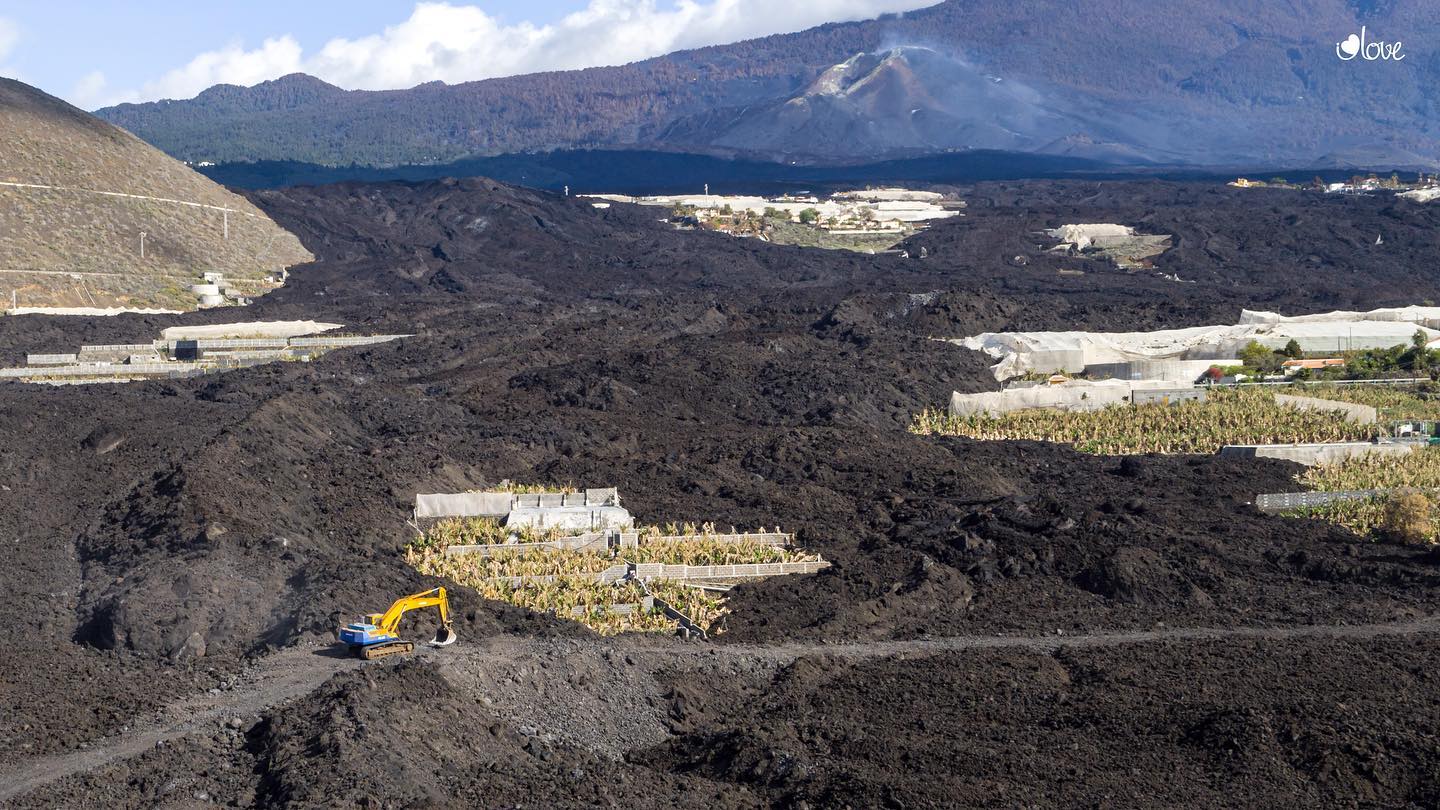
January 28 , 2022.
Chile , Nevados de Chillan :
The seismicity parameters associated with the fracturing processes of rigid materials (type VT) recorded a significant increase in the number of events and their associated energy, while the events associated with fluid dynamics (types LP, VLP and TR) and explosive-type (EX) events remained at similar levels to the previous period. In addition, 2 hybrid type (HB) events related to rock fracture and fluid movement were recorded.
Most of the VT and HB type seismicity was linked to the reactivation of a seismic source located 5 km northeast of the current emission center, with depths that mainly cover between 3 and 4 km the summit of the building.
The highest energy VT/HB type event had a local magnitude (ML) of 4.1, as reported in the REAV of January 9, 2022.
From the analysis of the images provided by the surveillance cameras belonging to the OVDAS as well as satellite images, explosions of the active crater were observed, generally characterized by a moderate pyroclastic content, with specific events associated with an increase of these. During this fortnight, the events recorded on January 6 and 7 stand out, with a maximum column height of 2,250 m above the emission point and associated proximal pyroclastic flows.
No ongoing extrusive process was observed. Inside the crater, a large accumulation of pyroclasts was observed, forming a small cone.
Episodes of nocturnal incandescence continued to be recorded, with moderate frequency, and heights not exceeding 250 m.
According to data obtained by the network of GNSS stations installed on the volcano, no clear or sustained trend has been observed over time. The distances between the stations show low rates of displacement, while an incipient upward trend is maintained, with rates of 0.7 cm/month, while the inclinometer stations show stable trends.
Six (6) thermal alerts were recorded in the area with a maximum value of 35 MW on January 14, a value considered moderate for this volcano. Finally, luminance anomalies were detected on January 5, 8, 10 and 13 from the analysis of Sentinel 2-L2A images.
DOAS gas measurement equipment recorded a maximum sulfur dioxide (SO2) emission value of 880 t/d corresponding to January 1, while the average recorded emission was 269 t/d, remaining at values similar to those displayed in previous months.
Source : Segemar .
Photos : 24 horas , josefauna.
Spain / La Palma , Cumbre Vieja :
January 25, 2022, 09:00 UTC. Post-eruption activity on Cumbre Vieja, La Palma.
During the last 7 days, since the last communication (18 at 9:00 UTC), 75 earthquakes have been located on the island of La Palma. The magnitudes are between 0.8 and 2.5 (mbLg). None of these earthquakes were felt by the population. The location of the hypocenters continues below the central area of Cumbre Vieja in the same areas as the previous days, at depths between 0 and 19 km. No earthquake was located at greater depth.
The network of permanent GNSS stations on the island does not show significant deformations that could be associated with volcanic activity.
Source : IGN es.
Photo : I love the world.
Italy / Sicily , Etna :
WEEKLY BULLETIN, from January 17, 2022 to January 23, 2022. (issue date 25 January 2022)
ACTIVITY STATUS SUMMARY
In the light of the surveillance data, it is highlighted:
1) VOLCANOLOGICAL OBSERVATIONS: Variable rate degassing activity at the summit craters.
2) SEISMOLOGY: The fracturing seismicity was characterized by a low level of activity.
3) INFRASOUND: Medium to low infrasound activity.
4) GROUND DEFORMATIONS: There are no significant variations during the last week.
5) GEOCHEMISTRY: SO2 flux at a low level
CO2 flux at an average level
Helium Isotope Ratio: There are no updates; the last sampling on 4/01/2022 indicated medium-high values.
CO2 in groundwater under seasonal variability
6) SATELLITE OBSERVATIONS: The thermal activity in the summit area observed by satellite was at a low level.
VOLCANOLOGICAL OBSERVATIONS
The follow-up of the volcanic activity of Etna, during the week in question, was carried out by the analysis of the images of the network of surveillance cameras of the INGV, Osservatorio Etneo (INGV-OE) and by direct observations on the ground. The bad weather conditions made the observation of the volcanic activity discontinuous through the network of cameras.
Activity at the summit craters showed no change from what had been observed the previous week, continuing with degassing activities mainly from Bocca Nuova and the Southeast Crater.
Source et photo : INGV.
Hawaii , Kilauea :
19°25’16 » N 155°17’13 » W,
Summit Elevation 4091 ft (1247 m)
Current Volcano Alert Level: WATCH
Current Aviation Color Code: ORANGE
Activity Summary:
The summit eruption of Kīlauea Volcano, within Halemaʻumaʻu crater, has continued over the past 24 hours. All recent lava activity has been confined to the crater, and there are no indications of activity migrating elsewhere on Kīlauea.
Summit Observations:
Summit tiltmeters recorded very gradual deflation over the past 24 hours. Volcanic tremor associated with the eruption—as recorded by nearby seismometers—has continued over the past 24 hours. Earthquake activity in the summit region remains low, with only a few earthquakes occurring over the past 24 hours. The most recent sulfur dioxide (SO2) emission rate of approximately 58 tonnes per day (t/d) was measured on January 24, 2022, during the most recent eruptive pause, while an SO2 emission rate of approximately 2100 (t/d) was measured on January 19 when activity was more comparable to the current situation.
This telephoto view of the western vent in Halema‘uma‘u was captured on January 25, 2022. The Kīlauea summit eruption had been paused for several days, but the eruption resumed several hours before this photo was taken. Over the course of those hours, lava breakouts from the south side of the west vent spatter cone built a small lava shield (left). Laser rangefinder measurements indicated that the top of the main spatter cone (right) was standing approximately 21 meters (69 feet) above the surrounding lava flows at that time.
Halemaʻumaʻu Lava Lake Observations:
Vigorous lava eruption resumed at 5:52 a.m. January 25, from the western vent within Halema‘uma‘u, generating a lava flow from the top of the west vent cone to the west and north along the crater margin. Overflows from the lava lake and the small pond north of the west vent cone, largest on the west and south margins, continued until yesterday afternoon. Since then, activity has remained confined to the lava lake and the small pond north of the west vent cone. The lava lake peaked at approximately 1 p.m. HST yesterday, when it had risen approximately 15 meters (49 feet) to a total depth of about 91 meters (299 feet) relative to when lava emerged on September 29, 2021. Since then, lava lake level has gradually been decreasing and was approximately 87 meters (258 ft) deep as of 8 a.m. this morning.
Source : HVO.
Photo : USGS / L. Gallant.
Ecuador , Reventador / Wolf :
DAILY REPORT OF THE STATE OF THE REVENTADOR VOLCANO, Thursday January 27, 2022.
Information Geophysical Institute – EPN.
Surface Activity Level: High, Surface Trend: No change.
Internal activity level: Moderate, Internal trend: No change.
Seismicity: From January 26, 2022, 11:00 a.m. to January 27, 2022, 11:00 a.m.:
The data corresponds to 16 hours of transmission in the reference station
Explosion (EXP) 21
Long Periods (LP) 45
Emission Tremors (TREMI) 4.
Harmonic tremor (TRARM): 2
Rains / Lahars:
No rain was recorded
Emission / ash column:
In the past 24 hours, the Washington VAAC has reported 2 ash emission alerts 988 meters above crater level in a southerly and southwesterly direction.
Other Monitoring Parameters:
In the past 24 hours, there are no thermal alert records for the Reventador.
Observation:
Most of the time the volcano remained cloudy. Only at night, through the thermal camera, it was possible to observe the emissions and the lava flow which continues to be active on the northeast flank.
Alert level: Orange.
——————————————————————————————
DAILY REPORT OF THE STATE OF WOLF VOLCANO. January 27, 2022.
Surface Activity Level: High, Surface Trend: Unchanged
Internal activity level: High, Internal trend: No change.
Seismicity: From January 26, 2022, 11:00 a.m. to January 27, 2022, 11:00 a.m.:
Long Periods (LP) 1
Emission / ash column:
In the past 24 hours, there have been no reports from Washington’s VAAC
Other Monitoring Parameters:
FIRMS records 143 thermal alerts and MIROVA records 2 moderate and 1 high (127 MW) thermal alerts on Wolf Volcano in the past 24 hours.
Source : IGEPN.
Photos : IGEPN , Charles Darwin Foundation .


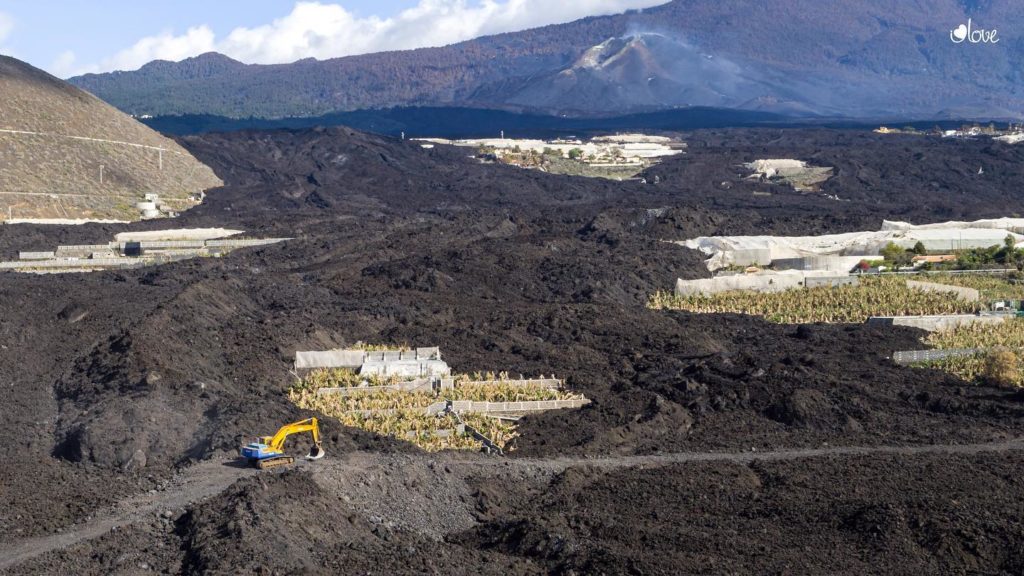
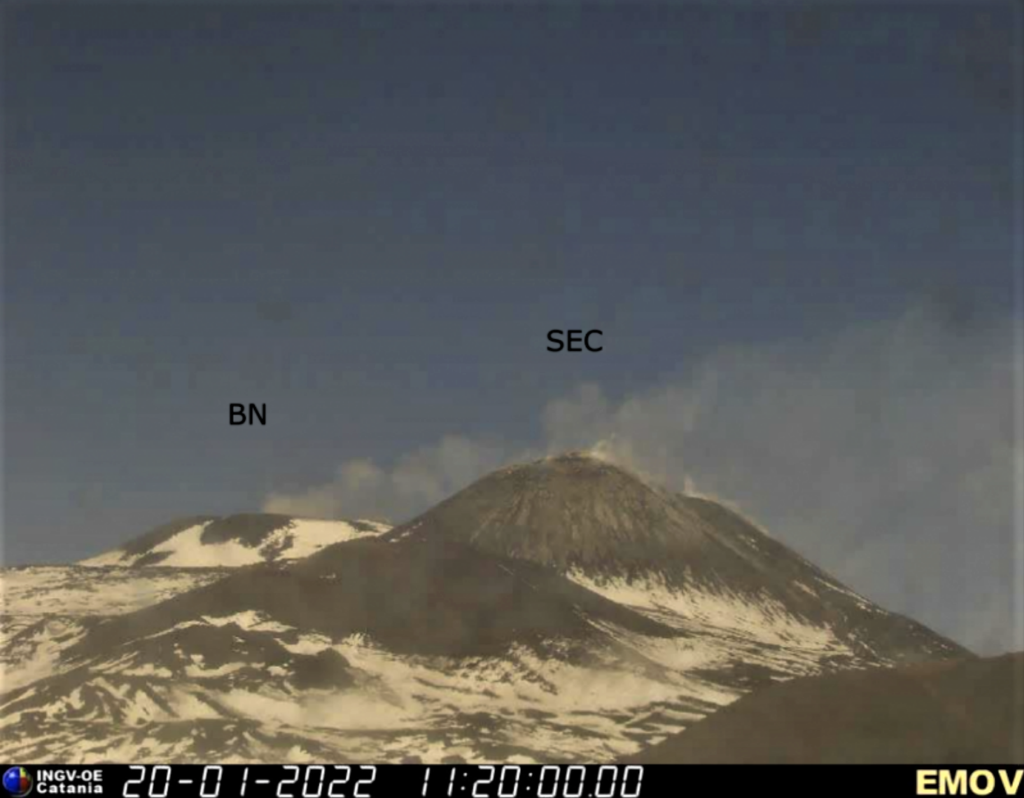
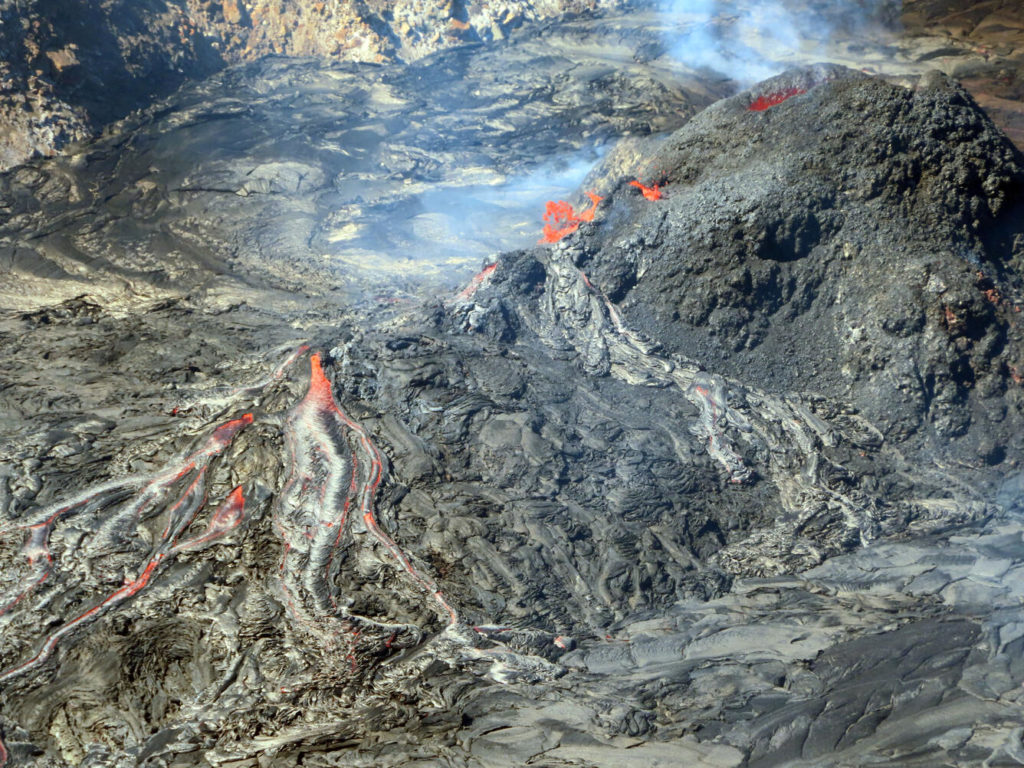
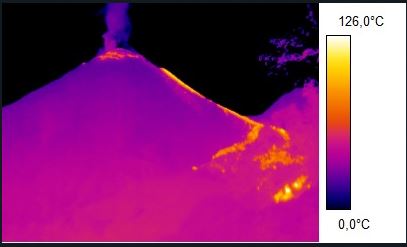
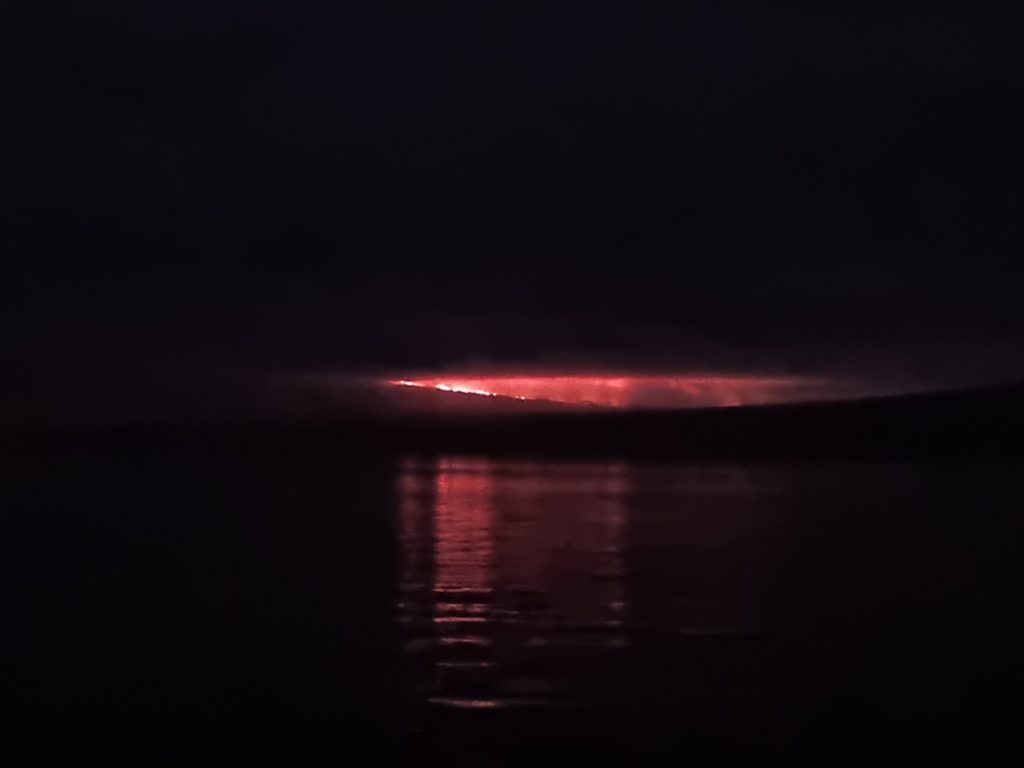
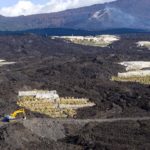



No comment yet, add your voice below!